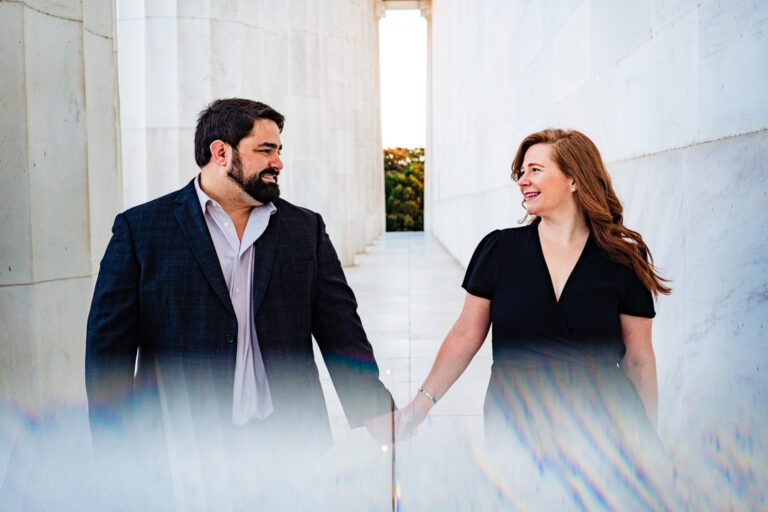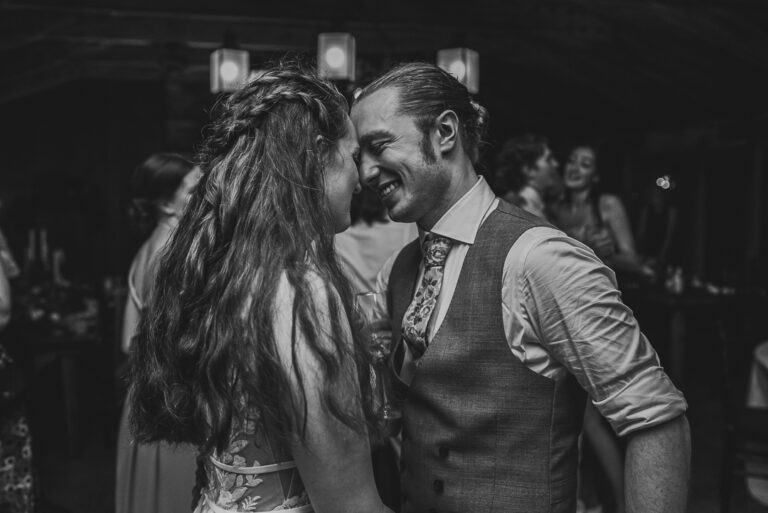Photo by InspireCreateCelebrate onPixabay
Weddings are the embodiment of love, laughter, and lifelong commitment. They are a momentous occasion that binds two souls together in the presence of their loved ones. But before you dive into the whirlwind of wedding festivities, there’s one important task that needs your attention: Mailing out your wedding invitations. An essential part of any wedding, these tiny pieces of paper carry the message of your impending nuptials to your friends and family, inviting them to share in your joy.
The Art of Mailing Wedding Invitations
Step 1: Addressing and Stamping Response Card Envelopes
One of the first steps in mailing your wedding invitations is to address and stamp all of the response card envelopes. This is a standard practice in wedding invitation etiquette and an important courtesy to extend to your guests.
You can either hand-address the response card envelopes with your return address or use labels. This will make it easier for your guests to mail their responses, ensuring you get an accurate headcount without having to chase after late responders.
Remember, the easier you make it for your guests to respond, the quicker you’ll have a clear idea of your guest list.
Step 2: Assembling Your Invitation Suite
The next step involves putting together your wedding invitation suite. This might seem daunting, especially if you’re unsure about the order of the different elements. But don’t fret – it’s all part of the process.
The standard wedding invitation suite includes the main invitation, a response card, and any other enclosure card containing helpful information for your guests, such as directions, accommodation details, and attire suggestions.
Step 3: Weighing Your Invitations
Once you’ve assembled your invitation suite, it’s crucial to have one stuffed envelope weighed at the post office. The weight of your invitation will determine the postage cost.
Some wedding invitation suites can be mailed with a standard postage stamp, but if your invite is uniquely shaped or made from thicker paper, it may exceed the weight limit of a standard stamp. To avoid having your invitations returned due to insufficient postage, it’s best to take one ensemble to the post office to be weighed.
Step 4: Stamping Your Invitations
Now that you have the correct postage, it’s time to adorn your invitations with pretty stamps. The post office offers a variety of options for wedding stamps, or you can choose limited run stamps that reflect your personalities.
Step 5: Dropping Them in the Mail
The final step in this process is to mail your invitations. The general rule of thumb is to send them out 6-8 weeks prior to your wedding date, or 3 months in advance for a destination wedding. This gives your guests ample time to make travel arrangements and RSVP.
Bonus Tip: Request Hand Canceling
To ensure your invitations arrive in pristine condition, you can request hand-canceling at the post office. This service means that an actual person hand-stamps your invitation envelopes, instead of putting them through a machine, thereby minimizing the risk of damage.
Understanding the Wedding Invitation Timeline
Beyond the process of mailing the invitations, it’s crucial to understand the different timelines associated with wedding-related events and the stationery required for each.
Wedding Invitations
As noted earlier, wedding invitations should be sent out 6-8 weeks prior to your wedding date. Everyone on your guest list should receive an invitation. The RSVPs should be due one month before the wedding.
For international guests, it’s best to send their invitations along with the ones for your other guests but give them a heads-up about the details and information about booking accommodations, so they can start arranging their travel with time to spare.
Save-the-Dates
Save-the-date cards are a fun way to get your guests to mark their calendars. They’re especially helpful when many of your guests have to make travel arrangements or if accommodations near the wedding site are limited. These should be sent out four to six months before the wedding, or even earlier if you’re planning a destination wedding.
Engagement Party Invitations
Engagement parties are typically hosted by the couple’s parents or close friends. Invitations for these should be sent out as soon after the engagement as possible.
Bridal Shower Invitations
The bridal shower is usually hosted by the maid of honor or another good friend. Invitations for this event should go out between six and eight weeks before the event.
Bachelorette Party Invitations
Whether it’s a trip to Las Vegas or something more low key, the bachelor/bachelorette parties are for the bride’s and groom’s best friends to celebrate their upcoming nuptials. Invitations for these should be sent one month before the party date.
Rehearsal Dinner Invitations
The rehearsal dinner usually takes place the night before the wedding. Invitations for this event should be sent three to six weeks in advance.
Wedding Thank-You Cards
Thank-you notes should be sent for all the gifts received during the course of planning your wedding. For gifts received during the engagement party and shower, send a thank you within two to three weeks of the festivities. For gifts given on the wedding day itself, mail a thank-you note within three months.
Extra Wedding Invitation Tips
Number Your RSVP Cards
To avoid confusion, it’s a good idea to number the back of each RSVP card. This number should correspond with a number on your guest list, making it easier to track who has responded.
Make Sure They’re Secure!
Your wedding invitation isn’t just any piece of mail. Ensure your invitations are sealed securely to avoid any damage during delivery.
Don’t Forget Your Return Address
Don’t forget to include your return address on the invitation. This ensures that any invitations that can’t be delivered will be returned to you.
Include Everyone Invited on Your Mailing List
It may seem obvious, but it’s important to send a wedding invitation to everyone on your guest list. Even if you’re certain some people will attend, they should still receive an invitation.
Your wedding invitations are not just a means to invite people to your wedding; they are an extension of your wedding theme and a reflection of your love story. So, take the time to get them right, and you’ll be one step closer to your dream wedding.




